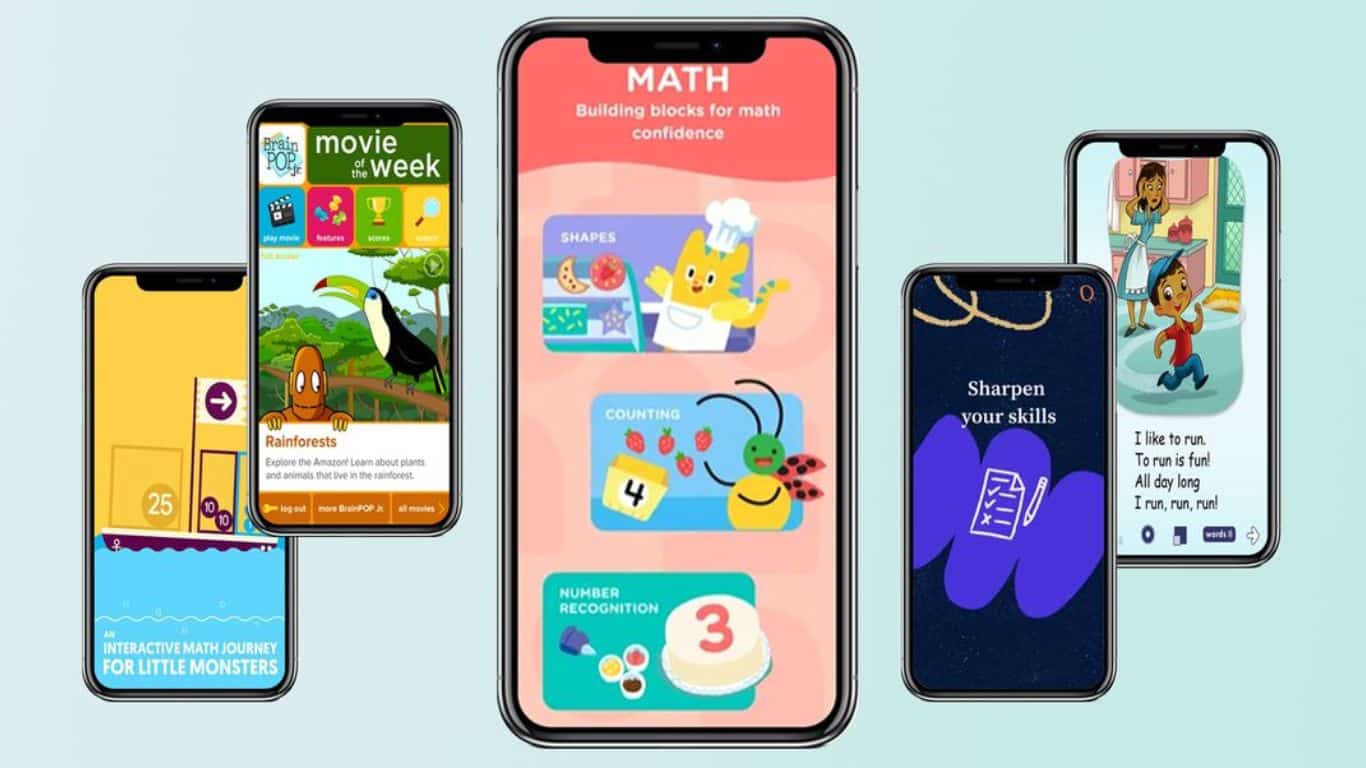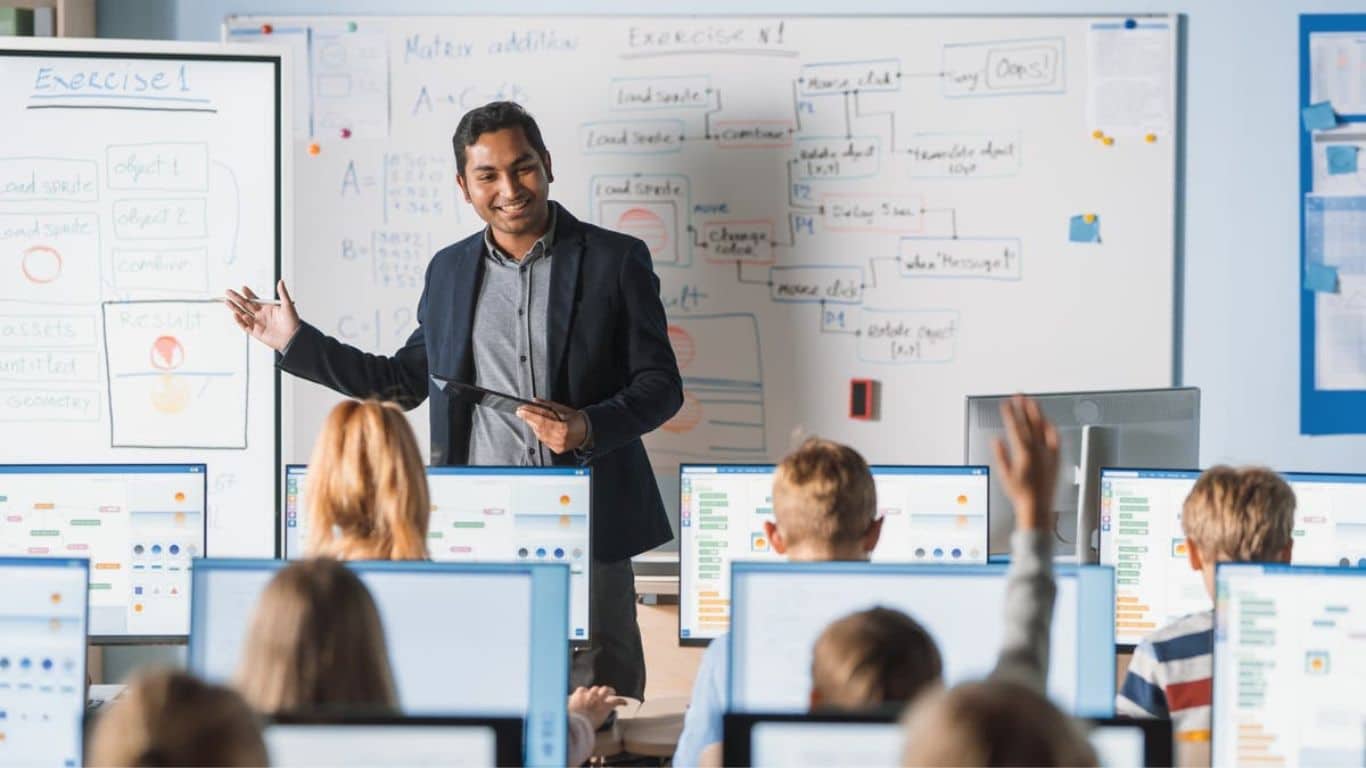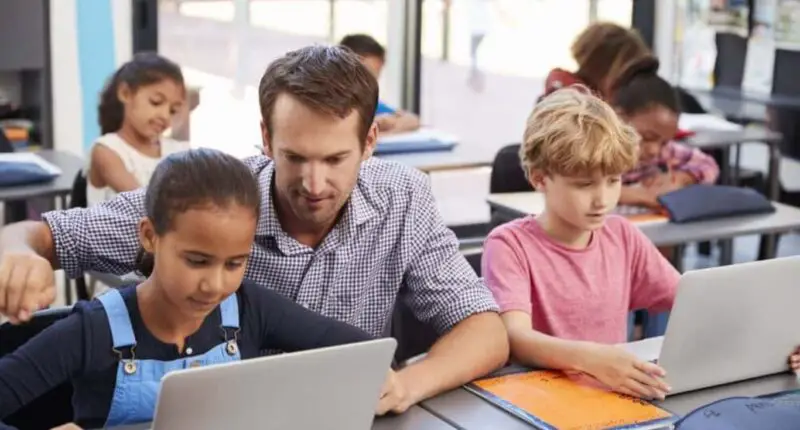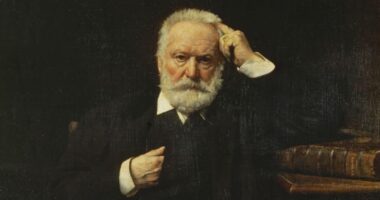Personalized learning is an educational approach that tailors instruction and learning experiences to meet the unique needs, interests, and abilities of individual students. With the rapid advancements in technology, personalized learning has become more feasible and accessible than ever before. Technology has revolutionized the way we access, process, and share information, and it has greatly expanded the range of learning resources available to students. This has opened up new opportunities for educators to create more flexible, dynamic, and interactive learning environments that engage and motivate students. The purpose of this article is to explore the impact of technology on personalized learning, including its advantages, challenges, examples, and best practices.
Advantages of technology in personalized learning

The use of technology in personalized learning offers numerous advantages over traditional classroom instruction. Technology provides the ability to tailor instruction, flexible learning environments, increased access to learning materials, and improved communication and collaboration between students and teachers.
A. Ability to tailor instruction to the individual student: Technology has revolutionized personalized learning by providing teachers with tools to assess the unique learning needs, preferences, and performance data of individual students. This information is used to create personalized learning experiences that address each student’s specific learning style, pace, and interests.
B.Flexibility of learning environments and resources: Technology provides the flexibility of learning environments and resources, allowing students to learn anywhere and anytime with internet access. Students can access course materials, videos, and other learning resources from their homes, libraries, or mobile devices, and work at their own pace in their preferred learning style.
C. Increased access to learning materials and resources: Technology expands access to learning materials and resources, including those that are not available in traditional classroom settings. Online libraries, videos, simulations, and other digital resources provide students with a wealth of knowledge and understanding of topics beyond the curriculum. This helps students deepen their understanding of key concepts and develop critical thinking skills, preparing them for success in the modern world.
D. Improved communication and collaboration between students and teachers: Digital platforms such as online discussion forums, video conferencing, and collaboration tools enable teachers and students to interact and communicate in real-time. This fosters a collaborative learning environment that promotes active participation and student-centered learning. Teachers can provide feedback and support to students more quickly and effectively, leading to better learning outcomes and increased student success.
Challenges of technology in personalized learning

The use of technology in personalized learning also poses certain challenges that need to be addressed for effective implementation. These challenges include technical issues and limitations, difficulty in maintaining student engagement, potential for distraction and misuse of technology, and concerns about privacy and security of student data.
A. Technical issues and limitations: One of the main challenges of technology in personalized learning is the potential for technical issues and limitations. These can range from connectivity issues to software and hardware failures, which can disrupt learning and negatively affect student engagement. Additionally, not all students have equal access to technology, creating a digital divide that can limit their opportunities for personalized learning.
B. Difficulty in maintaining student engagement: Another challenge is the difficulty in maintaining student engagement with personalized learning. Students may become disengaged or lose motivation when working on their own, without the support and guidance of a teacher. This can lead to decreased performance and reduced learning outcomes.
C. Potential for distraction and misuse of technology: The use of technology in personalized learning also has the potential for distraction and misuse. Students may be tempted to use technology for non-educational purposes, such as social media or online gaming, which can negatively affect their learning experience. It is important for teachers to monitor and regulate student technology use to ensure they remain focused and engaged in their personalized learning activities.
D. Concerns about privacy and security of student data: Finally, there are concerns about the privacy and security of student data in personalized learning. The collection and use of student data for personalized learning purposes raises ethical and legal concerns, particularly with regards to student privacy and security. It is essential for schools and educational institutions to implement robust data protection policies and practices to ensure the privacy and security of student data is maintained.
Examples of technology used in personalized learning

There are various technologies that are currently being used in personalized learning. These technologies are designed to provide students with personalized learning experiences, tailored to their individual needs and learning styles. Some of the most commonly used technologies in personalized learning include:
A. Adaptive learning software and intelligent tutoring systems: These are software programs that use artificial intelligence and machine learning algorithms to adapt the learning experience to the needs of individual students. These programs can analyze student data to determine their strengths and weaknesses, and then provide personalized learning materials and activities that are designed to address those areas.
B. Learning management systems and online courses: These are digital platforms that allow teachers to create, manage, and deliver personalized learning materials and activities to their students. Learning management systems can be used to provide students with access to course materials, assignments, quizzes, and assessments, and to track their progress and performance.
C. Mobile apps and games for education: Mobile apps and games can be used to provide students with engaging and interactive learning experiences. These apps and games can be designed to address specific learning objectives, and can be tailored to the individual needs and learning styles of each student.
D. Virtual and augmented reality technology for immersive learning experiences: Virtual and augmented reality technologies can be used to provide students with immersive learning experiences that simulate real-world situations. These technologies can be used to provide students with hands-on learning experiences, such as virtual field trips or laboratory simulations, that are tailored to their individual needs and interests.
Best practices for implementing technology in personalized learning

To ensure successful implementation of technology in personalized learning, several best practices should be considered:
A. Focus on learning goals and outcomes: Technology should be used as a tool to support learning goals and outcomes, rather than being the sole focus. Teachers should prioritize identifying the learning needs of students and the intended learning outcomes, and then select technology tools and platforms that support these goals.
B. Select appropriate technology tools and platforms: Teachers should carefully consider the range of technology tools and platforms available and select those that are most appropriate for the learning needs of their students. The selected tools and platforms should be user-friendly, accessible, and align with the learning goals.
C. Train and support teachers in using technology effectively: Teachers require training and support to effectively integrate technology into their teaching practice. Professional development programs should be designed to support teachers in developing the skills and knowledge necessary to integrate technology into their classroom practice.
D. Monitor and evaluate student progress and adjust instruction accordingly: The use of technology in personalized learning requires ongoing monitoring and evaluation of student progress. Teachers should use data and performance metrics to adjust their instruction and provide personalized support to students.
Conclusion
Technology has had a significant impact on personalized learning, providing advantages such as the ability to tailor instruction to individual students, flexibility in learning environments and resources, increased access to learning materials, and improved communication and collaboration between students and teachers. However, there are also challenges to be addressed, such as technical issues and potential distractions.
As technology continues to advance, the future implications for education are promising, with the potential to further improve personalized learning experiences for students. It is important for educators and researchers to continue to explore and develop new technologies and best practices for implementing them effectively in personalized learning, in order to ensure that all students have access to high-quality, engaging, and effective learning experiences.
Also Read: 10 Countries with Worst Education System



